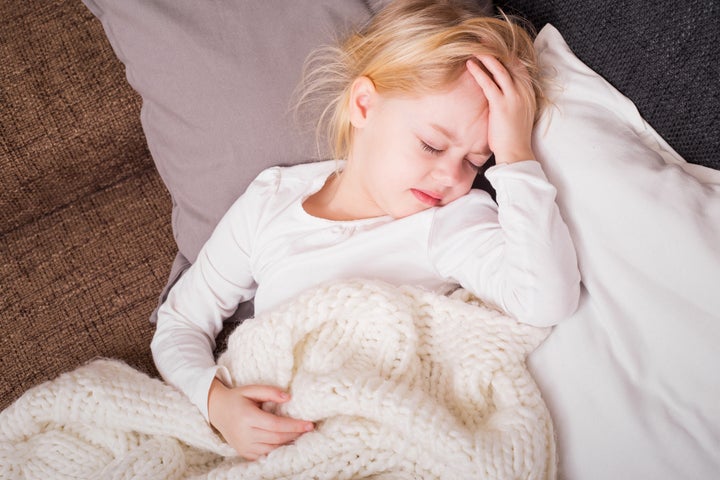If your child was struck down by carbon monoxide (CO) poisoning would you know what was wrong with them?
Just one in 20 parents in the UK would recognise the symptoms of CO poisoning, according to a new study by Npower published to mark Carbon Monoxide Awareness Week (21–27 November).
And as 40 Brits are killed and 260 injured every year by this silent killer, it is important that parents are aware of the risk.
What is carbon monoxide poisoning?
Carbon monoxide is a poisonous gas that has no smell or taste. Breathing in the gas can make you very unwell and can be deadly if you’re exposed to high levels over a period of time, according to the NHS.
How does carbon monoxide make you ill?
After carbon monoxide is breathed in, it enters the bloodstream and mixes with haemoglobin (the part of your red blood cells that carries oxygen around your body), to form the compound carboxyhaemoglobin.
When this happens, your blood is no longer able to carry oxygen, and this lack of oxygen causes the body’s cells and tissue to fail and die, says the NHS.

Where does carbon monoxide come from?
Carbon monoxide gas is produced when fuels such as gas, oil, coal and wood don’t burn fully, and these fuels are used in many household appliances.
This includes: boilers, gas fires, central heating systems, water heaters, cookers and open fires.
How might my child be affected by carbon monoxide?
Between 1995 and 2015, only 35% of deaths from CO poisoning were actually from mains gas appliances or heating, according to Npower.
So parents should be aware of the more common sources of CO in the home. These include boilers, blocked chimneys, blocked car exhausts, paint fumes (also some cleaning products) and shisha pipes being used indoors.
As over 1.5 million homes have never properly had their boiler serviced, families are being put at risk.
The risk of exposure may also be higher in caravans, boats and mobile homes.
What are the symptoms of carbon monoxide poisoning?
Despite 95.3% of UK parents saying they know CO poisoning can be fatal for their children, only 4.3% of those parents are actually able to correctly identify the most common symptoms.
The most common symptoms are headaches, dizziness, tiredness, nausea and vomiting, shortness of breath and stomach pain.
Parents should be aware that if you are only exposed to low levels of the gas, the symptoms are not always very apparent.

What are common misconceptions about carbon monoxide poisoning?
One in ten UK parents wrongly think you can smell a CO leak, when the gas is actually completely invisible and without a smell.
In addition, 16% of Brits think that a fever or metallic taste in the mouth are symptoms of CO poisoning, and 10% can’t identify a single symptom.
How can I avoid carbon monoxide poisoning?
According to the data provided by Npower, more than 9 million homes in the UK (33.9%) are not fitted with a carbon monoxide alarm and this is the easiest way for parents to ensure they are safeguarding their children.
What should I do if I think my child is suffering from CO poisoning?
If you think your child has been exposed to high levels of the gas then you should go straight to A&E. If you think they have been exposed to low levels, then you should seek medical advice from your GP.
Symptoms will often confirm if you have been exposed, but lower levels will need a blood test to confirm. The NHS says that a level of 30% CO in your bloodstream indicates severe exposure.